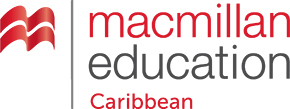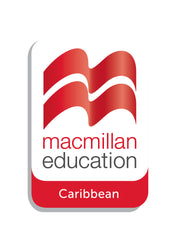
Back to school: Supporting well-being for teachers and pupils
Over the last 18 months schools all around the world have been closed and teachers have been asked to provide learning experiences at home, often in very short time frames. Parents were asked to support their children in accessing learning at home. We have been engaged in a global problem solving exercise working on the question, “What should education look like when schools are not open?” We have also been thinking about what schools might look and feel like when they reopen. How might we learn from our experiences over the last 18 months to improve the education systems we work within once we return to school?
But, underneath all of this is a concern about what it might be like when we return. We are all, teachers and students, nervous. Like anything we haven’t practiced for a while, we wonder whether we can still do it. So, a key part of the return to work will be making sure we look after ourselves and our students. We must pay attention to wellbeing.
Wellbeing has been linked to resilience in a paper Resilience and well-being in the Caribbean. It is defined as the capacity to deal effectively with stress and adversity, to adapt successfully to setbacks and to bounce back after negative emotional experiences. And, I guess that is exactly what we want to happen when we return to school. We want to bounce back and we want our students to bounce back. But how?
During the pandemic I worked with 12 educators from around the globe. From Brazil to Belize; from Myanmar to Mongolia; from Kenya to Australia; exploring how we were surviving teaching remotely and thinking carefully about what we hoped schools would look like on the return. We all agreed that we hoped the return to school would not mean a return to learning and teaching exactly as it was pre-pandemic. We all hoped that schools and educators worldwide would be able to take this opportunity to transform education.
So, we focused on what had changed. We realised that initially, we had tried to replicate lessons and the curriculum exactly as it would have been if students had been in school. The curriculum had to be slimmed down, teacher input had to be reduced and trust placed on students to decide when and where it would be best for them to learn. Maybe this offers lessons for us on the return to school. Maybe part of the bounce-back, part of developing resilience is to offer students more say in the ‘what and where’ they learn. We also realised how important the social side of learning is because this is what was lost - a reminder to us that social connections are at the heart of wellbeing when we return to school. We need to make time for us to develop our social connections with each other and to develop a community of learners in our classroom.
During the pandemic we realised that we cannot teach - and our students cannot learn - without the support of the community. This is something to cherish when we return to school and something we can see as supporting both our own and our students’ feeling of connectedness to the communities we serve. As a colleague in Australia said, “We need to continue to consider everybody’s role in education, particularly parents as partners in education. Children need stimulation from parents as well as from teachers. One of the questions that we all need to ask ourselves is, “How do we engage with our community to convince them that they are partners in their children’s learning?”
Can I finish this blog by posing some questions to you, the reader.
What did you learn about learning and teaching over the last eighteen months? How will you draw on this learning to support the well-being of your students and your colleagues and yourself when you return to school?
Dr Tony Cotton
Don't miss Dr Tony Cotton's webinar alongside wellbeing coach, Katie Frost tomorrow, Wednesday 1st September!

